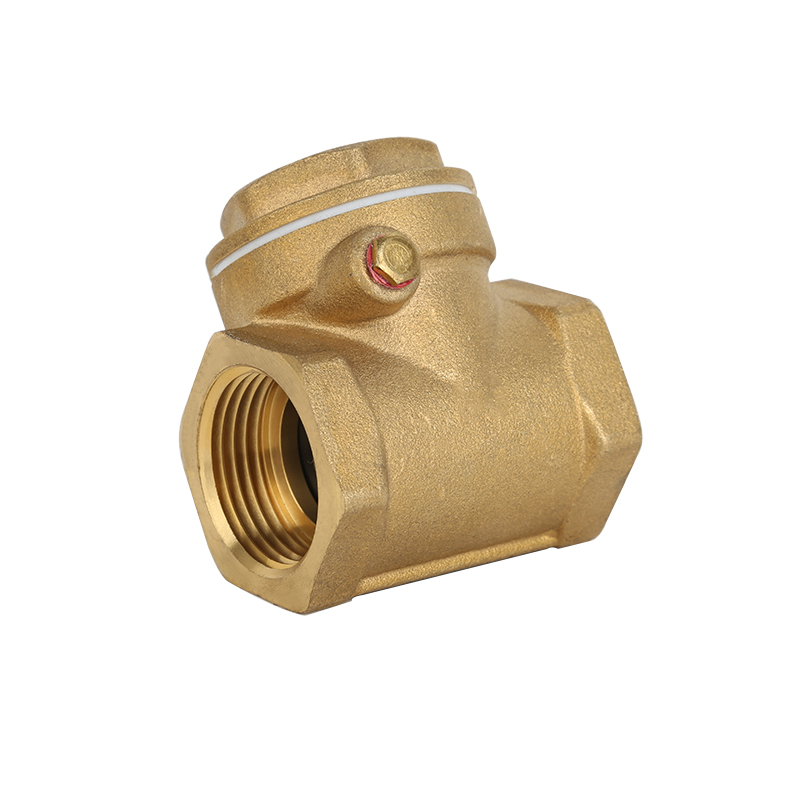Understanding the Check Valve
A check valve, also known as a non-return or one-way valve, is a mechanical device designed to allow fluid to flow in one direction while preventing backflow in the opposite direction. This crucial function is achieved through a simple yet effective mechanism, which enables the valve to open when fluid flows in the desired direction and close when there is a risk of backflow.
Design and Components
The check valve's design is relatively straightforward, comprising several key components:
Body: The outer casing of the valve, often made from materials like brass, stainless steel, or plastic, depending on the application and fluid type.
Inlet and Outlet Ports: The
check valve has an inlet port, where fluid enters, and an outlet port, where it exits. These ports are designed to facilitate the one-way flow.
Valve Mechanism: Inside the valve, there is a mechanism, typically a disk or ball, that opens in response to forward fluid flow and closes to prevent backflow.
Spring (if applicable): Some check valves include a spring that assists in keeping the valve closed when there is no flow.
Applications of Check Valves
Check valves are used in a wide range of applications and industries, where preventing backflow and ensuring one-way flow are essential. Some common applications include:
Plumbing: In household plumbing systems, check valves are used in sump pumps, sewage systems, and water supply lines to prevent backflow and ensure that water flows in the intended direction.
Oil and Gas Industry: Check valves are essential in oil and gas pipelines to prevent the reversal of fluid flow, which could lead to contamination and safety hazards.
Chemical Processing: In chemical plants, check valves control the direction of chemical flows, preventing cross-contamination and ensuring the safety of the process.
Water Treatment: Check valves are used in water treatment facilities to manage the flow of water and chemicals during the treatment process.
Aerospace: Check valves play a critical role in aircraft and spacecraft systems to regulate fluid flow and maintain the integrity of propulsion and hydraulic systems.
Medicine: In medical devices, such as respiratory equipment, check valves control the direction of airflow, ensuring patients receive the correct oxygen concentration.
Advantages of Check Valves
Check valves offer several advantages that make them indispensable in fluid control:
Backflow Prevention: The primary function of check valves is to prevent backflow, ensuring that fluids flow in the intended direction.
Minimal Resistance: Check valves have minimal pressure drop and resistance when open, allowing for efficient flow of fluids.
Low Maintenance: They require minimal maintenance and have no external control mechanisms, reducing the risk of malfunction.
Diverse Materials: Check valves can be constructed from various materials, making them suitable for a wide range of applications.
Reliability: Their simple design and one-way flow mechanism make check valves highly reliable and efficient.

